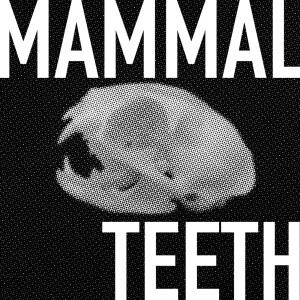
Sunday Apr 13, 2025
Episode Four: Ambient 002 – Anicent Audio (Circa 2003) – Diatom Projeckt: Geologicka: Session 1
Diatoms are thought to have evolved from a non-photosynthetic eukaryote that engulfed a red alga, resulting in a serial secondary endosymbiosis. This event is estimated to have occurred between 1200 and 700 million years ago. The oldest fossil evidence for diatoms dates back to the Jurassic period, around 190 million years ago. [1, 2, 3, 4, 5]
- Endosymbiosis: Diatoms are believed to have originated from a heterotrophic eukaryote that acquired a red alga through secondary endosymbiosis. This process involved the host cell engulfing the red alga and then incorporating its photosynthetic abilities. [1, 2, 3]
- Fossil Record: While molecular evidence suggests diatoms may have emerged earlier, the oldest confirmed fossil diatoms are from the Jurassic period. Well-preserved diatom fossils become more abundant in the Cretaceous period. [5, 6, 7]
- Geological Context: Early diatoms were likely marine, and there's evidence suggesting they may have colonized some terrestrial or freshwater environments later. The rise of diatoms in ocean ecosystems is linked to factors like changes in silica availability and climate. [7, 8, 9, 10]
- Evolutionary Divergence: Diatom lineages have shown diverse adaptations, including differences in size, shape, and silicification, potentially driven by changes in silica availability in the oceans. [5, 11]
No comments yet. Be the first to say something!